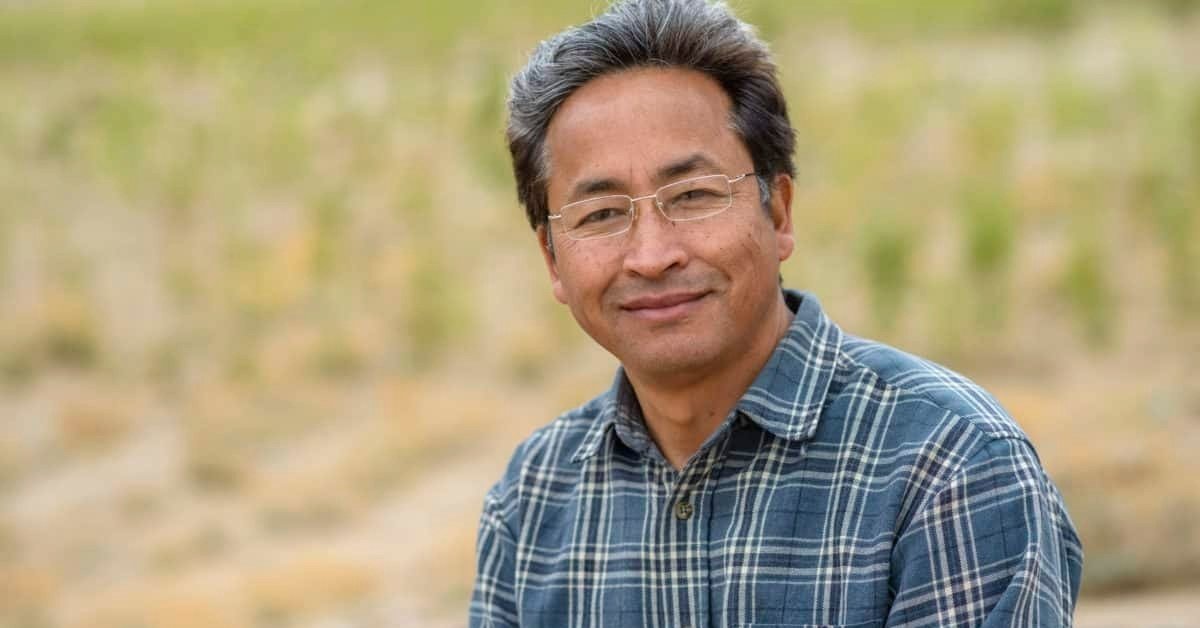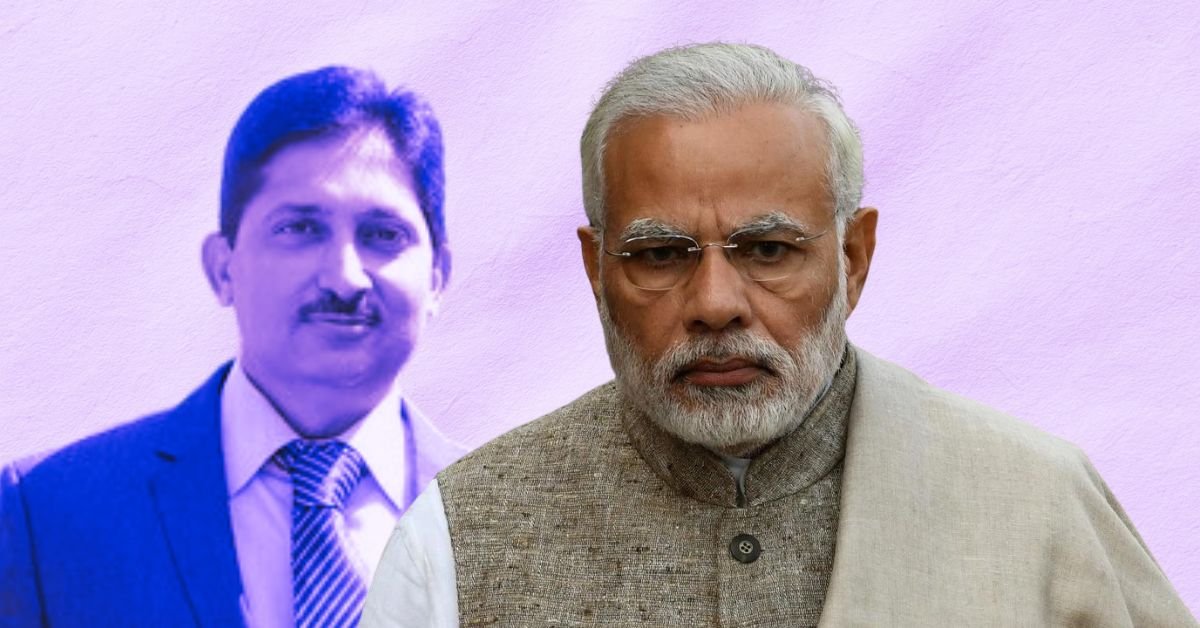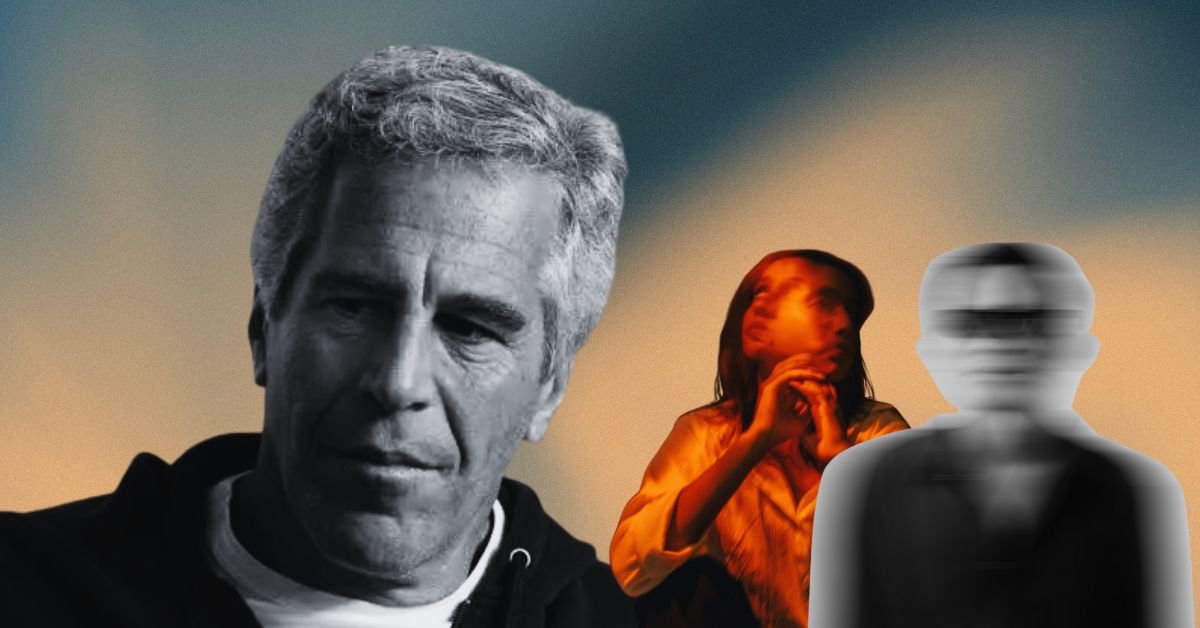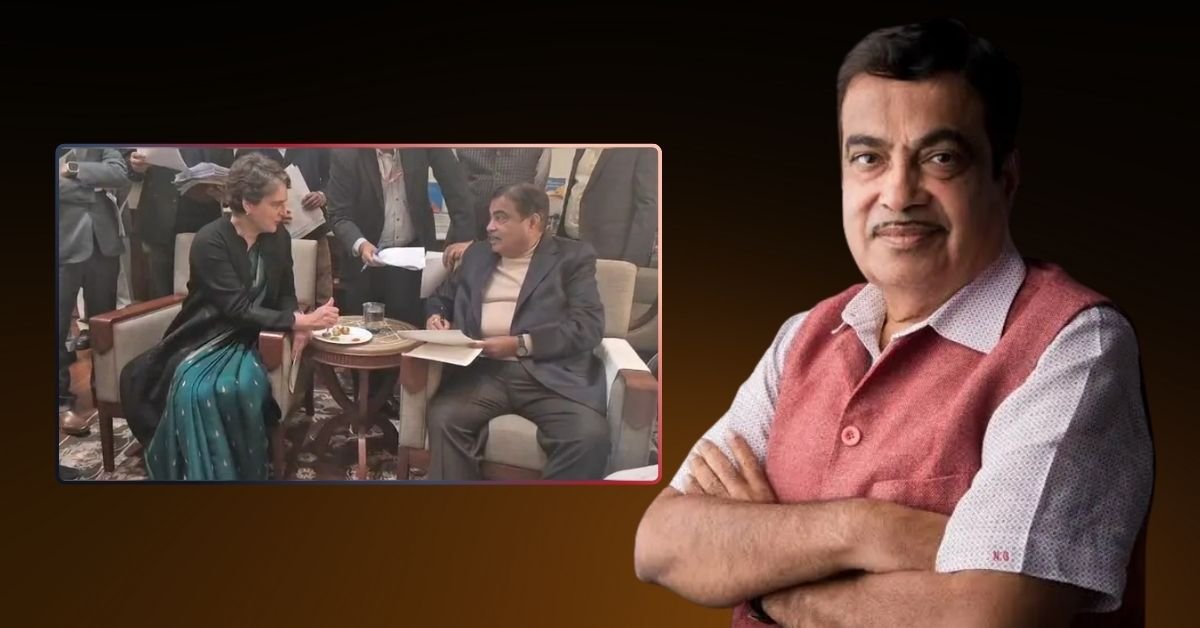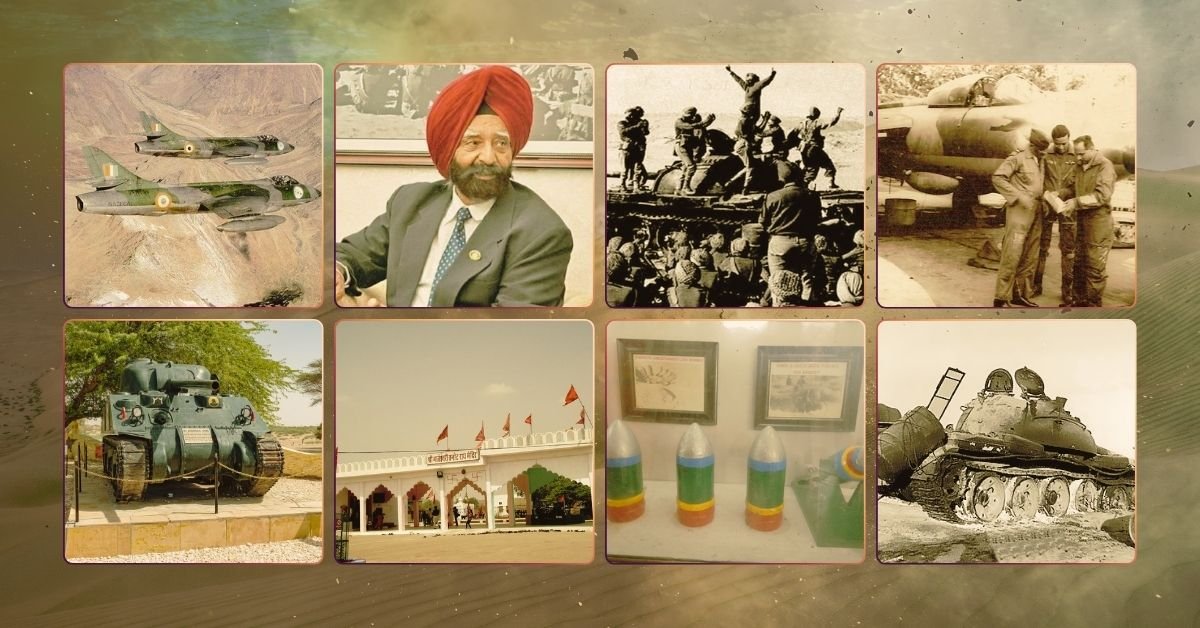Table Of Contents
Sonam Wangchuk
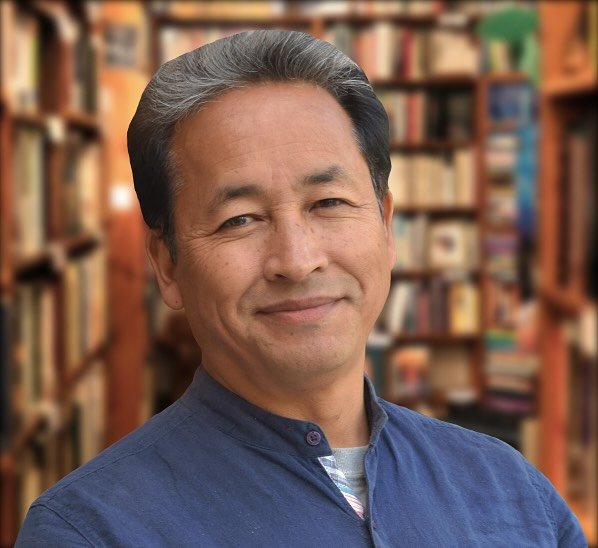
Hello, readers!
If there is one name that echoes through the icy peaks of Ladakh and into the hearts of people across India and beyond, it is Sonam Wangchuk.
You might know him as the real-life spark behind Phunsukh Wangdu in the movie “3 Idiots,” but his story is way bigger than Hollywood or Bollywood could capture.
As writers at THOUSIF Inc. – INDIA, we get excited about sharing profiles of folks who turn everyday struggles into game-changing ideas.
Sonam is precisely that: an engineer, educator, inventor, and now a fierce activist who is not afraid to stand up for what is right.
Born in a tiny village where survival is a daily battle against nature’s extremes, Sonam has dedicated his life to improving things for his people and the planet.
We are talking about water-saving miracles like Ice Stupas, education that makes sense for mountain kids, and protests that shake up governments.
This post will cover everything from his childhood tales to his latest challenges, including family insights, famous quotes, partnerships, and even the tough controversies.
Let us dive in and get to know the man redefining what it means to be a changemaker.
Early Life: Roots In The Rugged Himalayas
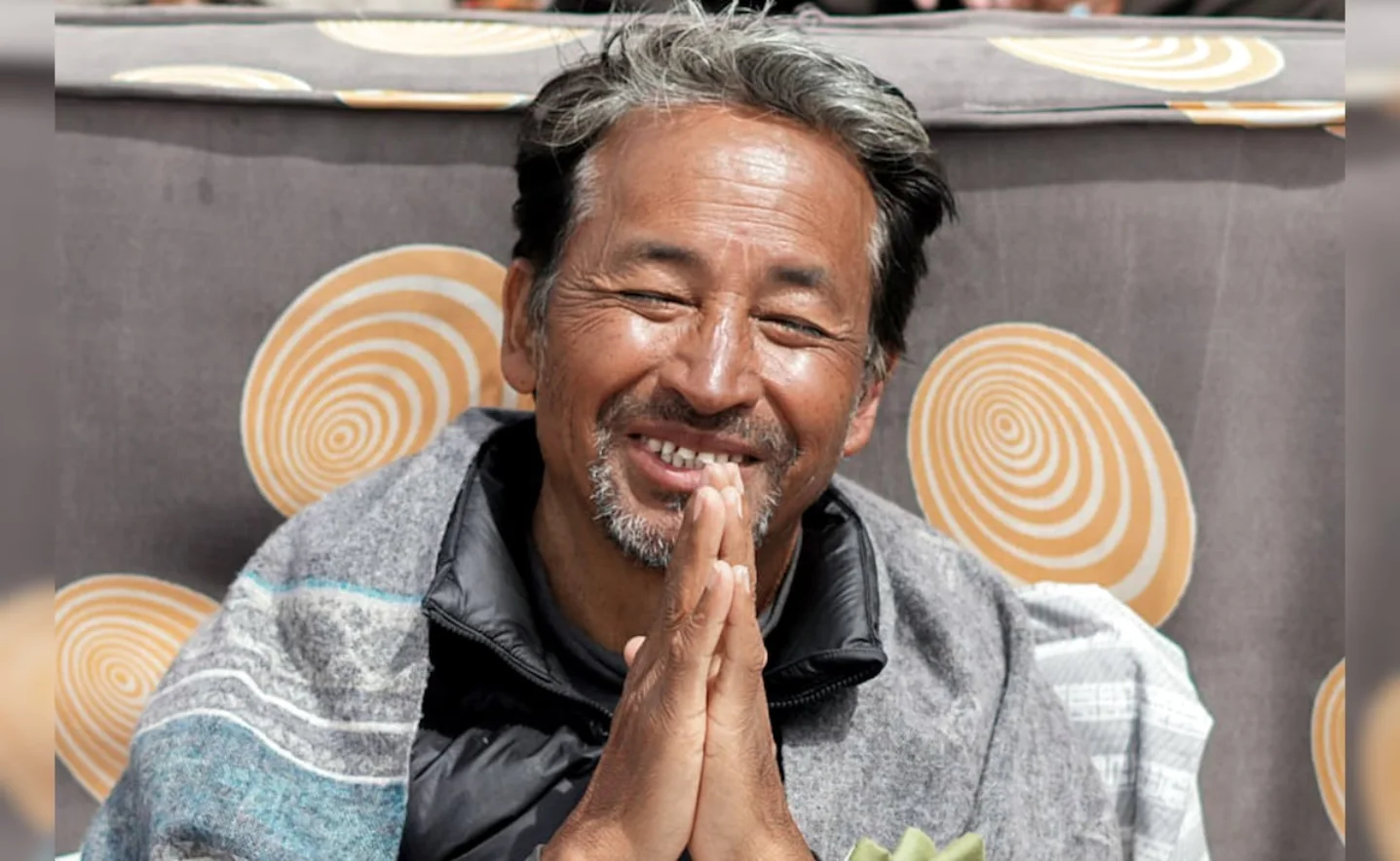
Picture this: A cluster of just a handful of homes tucked away in the shadow of towering mountains, with no schools, no electricity, and winters that bite like nothing else.
That is Uleytokpo (near Alchi) in Leh district, where Sonam Wangchuk was born on September 1, 1966.
Back then, Ladakh was part of Jammu and Kashmir, where life revolved around farming, herding, and enduring brutal seasons.
His family was modest but influential.
His father, Sonam Wangyal, was a local politician who became a minister in the state government in 1975.
His mother, Tsering Wangmo, was the real hero of his early years.
She homeschooled him in their native Ladakhi language until he was nine.
She instilled in him the basics of reading and writing and a profound connection to the land and its people.
Young Sonam faced a whole new world when his father’s job moved the family to Srinagar.
City schools were a shock; kids mocked his accent, and teachers dismissed him as slow because he did not speak the language fluently.
He once called this time “the darkest part of his life.”
However, Sonam was not one to give up.
In 1977, at just 11, he ran away to Delhi and convinced the principal of Kendriya Vidyalaya to admit him.
That bold move?
It is the kind of determination that defines him.
These experiences shaped his views on how education often fails kids from remote areas, pushing them aside instead of lifting them.
No wonder he later poured his energy into fixing that very system.
Growing up, Sonam also absorbed the cultural richness of Ladakh, Buddhist traditions, community festivals, and a deep respect for nature.
He often speaks about how the Himalayas taught him resilience:
“The mountains do not bend to us; we learn to live with them.”
This early blend of hardship and heritage set the stage for a life of innovation grounded in real-world needs.
Family Background: The Pillars Behind The Man
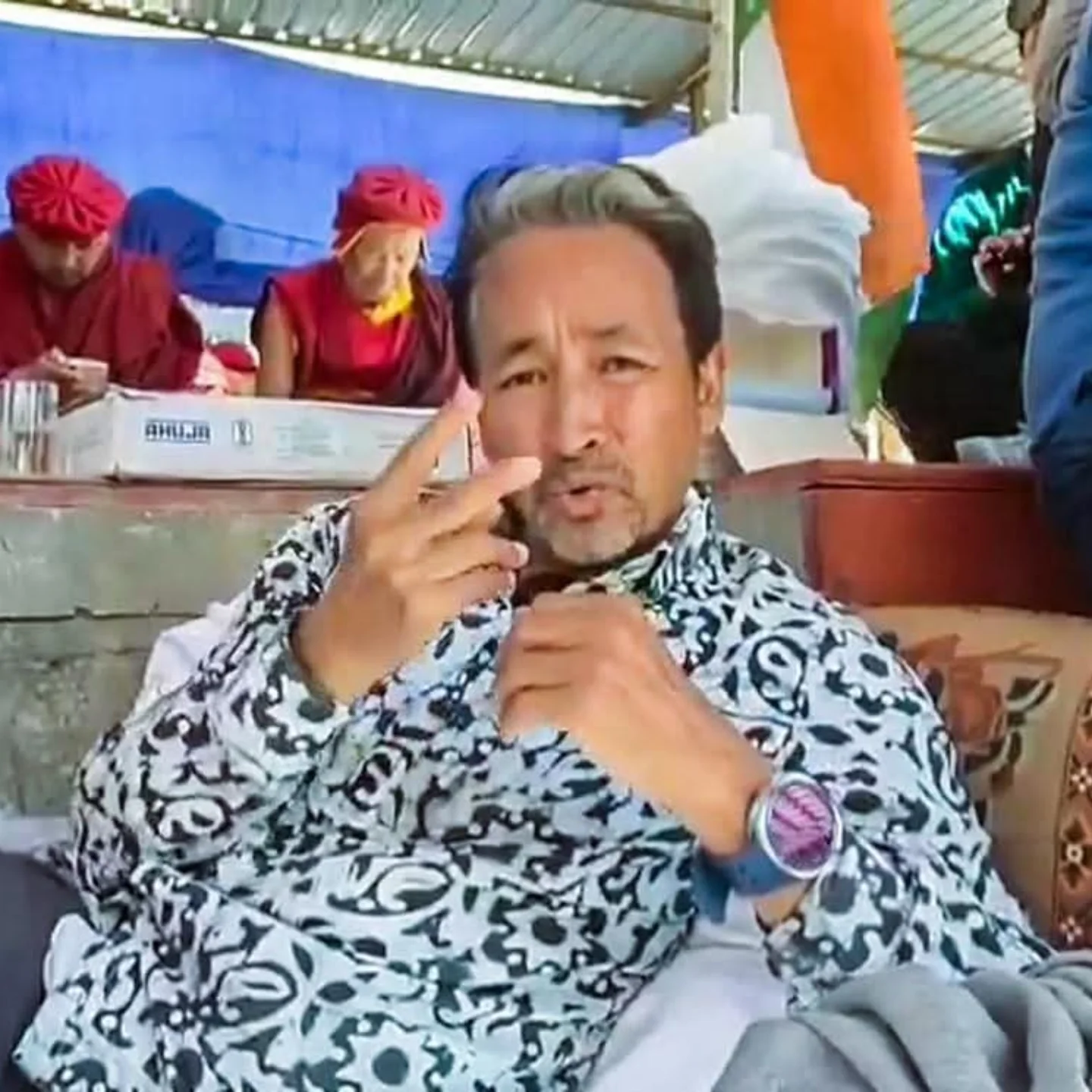
Sonam’s family has always been his quiet backbone.
His father, Sonam Wangyal, was not just a politician; he represented Ladakh in the Jammu and Kashmir assembly and even served as a minister, exposing young Sonam to the world of governance and public service.
However, Tsering Wangmo’s mother grounded him in everyday wisdom, teaching him through stories and practical lessons about sustainability in a harsh environment.
On the personal front, Sonam is married to Gitanjali J Angmo, a fellow activist and educator who has supported him in many ventures.
She is not just a partner; she is a co-founder of the Himalayan Institute of Alternatives, Ladakh (HIAL), and has been vocal in supporting him during tough times.
As of October 2025, Gitanjali has been speaking out strongly against what she calls a “witch-hunt” by authorities, defending Sonam amid his recent detention.
There are no public mentions of children, suggesting the couple has focused their energies on their shared missions rather than starting a family.
Rumors once linked him to an American named Rebecca Norman, but that is inaccurate.
Gitanjali shares his journey.
Family influences run deep: Sonam’s brother was one of the co-founders of SECMOL, and his upbringing emphasized community over individualism.
He often credits his parents for his values, saying in interviews that his father’s public life showed him the power of advocacy, while his mother’s teachings reminded him to stay humble.
Education: Self-Made And Purpose-Driven
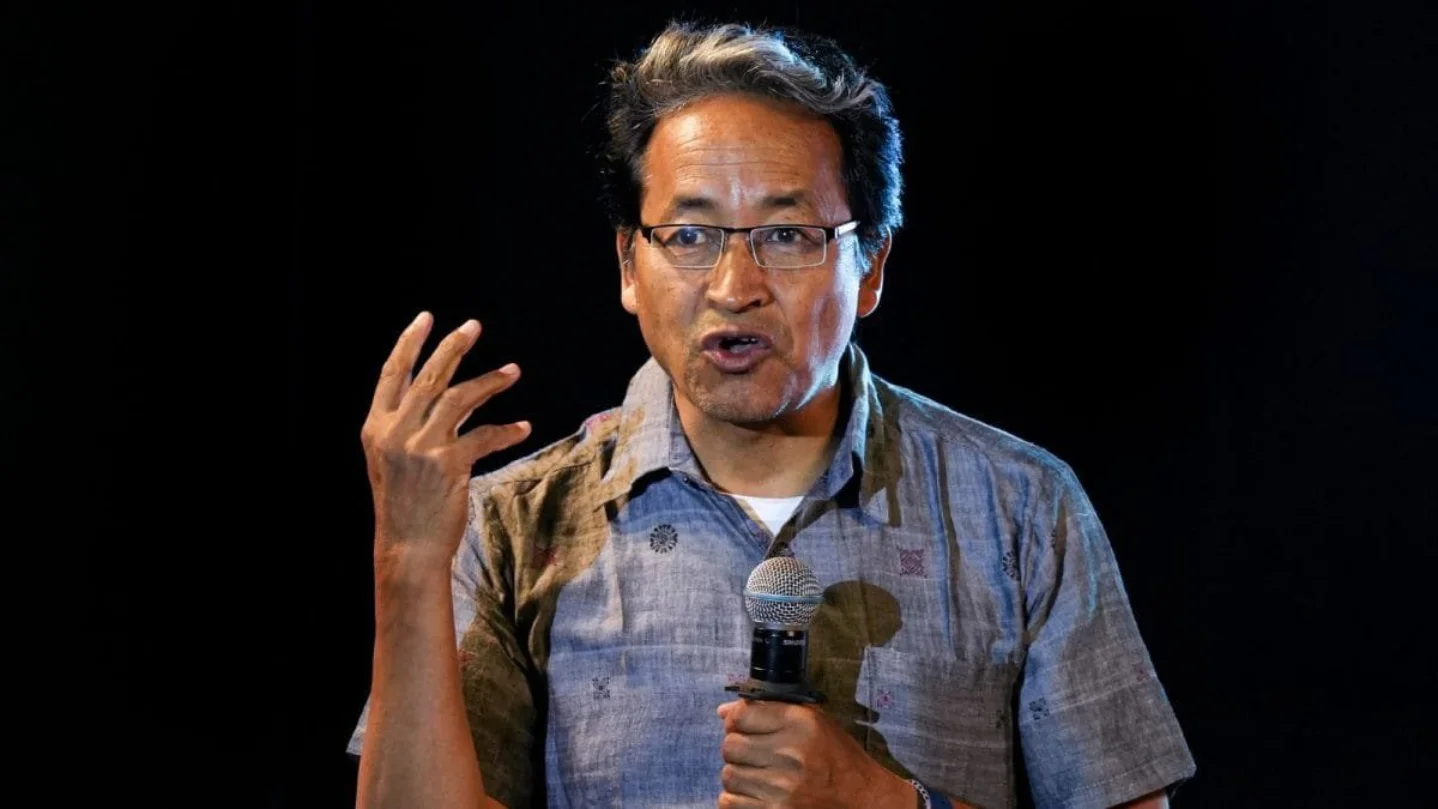
Sonam’s formal education started late, but he made up for it with sheer willpower.
After his daring escape to Delhi, he thrived in school and eventually earned a B.Tech. in Mechanical Engineering from the National Institute of Technology (NIT) Srinagar in 1987.
Here is the kicker: his dad wanted him to pursue something else, so Sonam paid his way by tutoring other students.
That independence?
It is a recurring theme.
However, he did not stop there.
In 2011, he traveled to France for specialized training in Earthen Architecture at the CRAterre School of Architecture in Grenoble.
This was not about fancy degrees but practical knowledge on building sustainable structures using mud and natural materials, perfect for Ladakh’s cold climate.
He learned how to create homes that trap solar heat, reducing the need for fuel in areas with scarce wood.
Sonam’s education philosophy is all about relevance.
He believes schools should teach skills that matter locally, not abstract concepts.
As he puts it: “Education is not just about passing exams; it is about learning how to make the world a better place.”
This mindset drove him to reform systems he saw as broken from his experiences.
Career Beginnings: Sparking Change With SECMOL
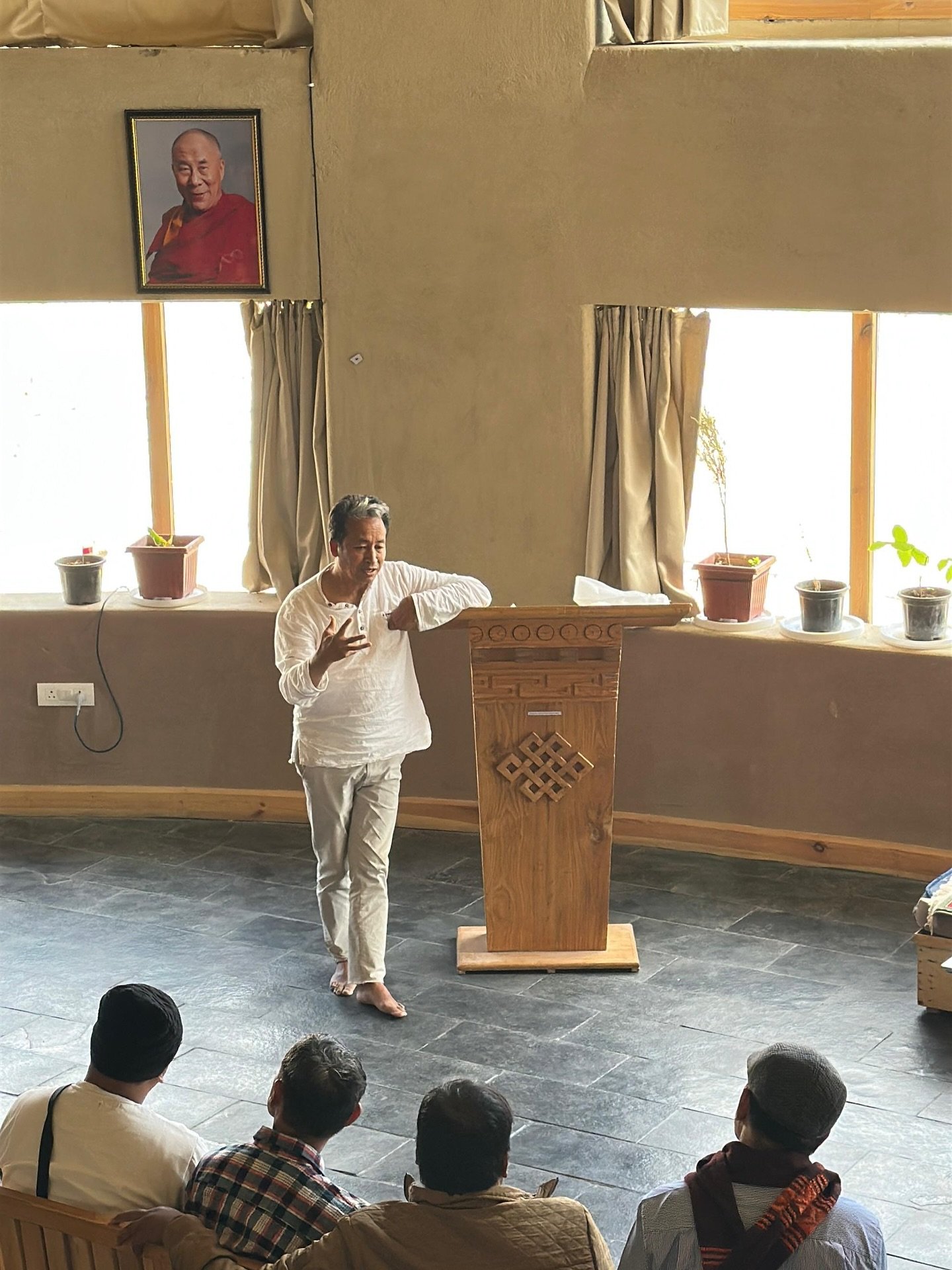
Right out of college in 1988, Sonam did not chase corporate jobs.
Instead, he gathered his brother and five friends to launch the Students’ Educational and Cultural Movement of Ladakh (SECMOL).
Why?
Ladakh’s schools were a disaster; pass rates hovered at 5%, and curricula ignored local realities like high-altitude farming or climate challenges.
SECMOL became an alternative hub, a solar-powered campus near Leh where kids learn by building solar heaters, growing veggies, and exploring their culture.
By 1994, they rolled out Operation New Hope, teaming up with the government and villages to overhaul 700+ schools.
Pass rates soared to 75% by 2000.
Sonam edited Ladakh’s only magazine, Ladags Melong, from 1993 to 2005, using it to spread ideas on education and eco-living.
He advised governments, joined education boards, and even helped craft the Ladakh 2025 Vision Document, launched by then-Prime Minister Manmohan Singh.
From 2007 to 2010, he consulted for a Danish NGO on school reforms in Nepal, expanding his impact.
In 2013, he kick-started the New Ladakh Movement for sustainability, and by 2015, he was building HIAL, a university tailored to Himalayan issues.
His career is a tapestry of roles: teacher, editor, advisor, and founder, all of which aim to empower communities.
Innovations: Practical Genius For Real Problems
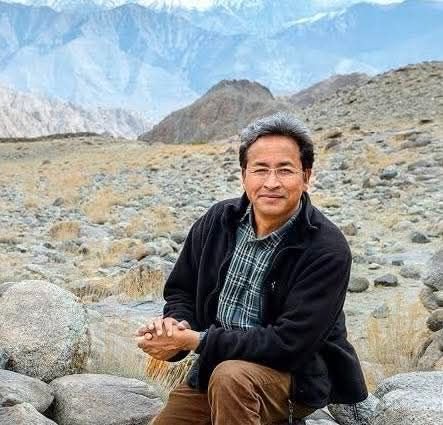
Sonam’s inventions are like magic tricks with science, simple, effective, and life-changing. Let us break them down.
The star is the Ice Stupa, dreamed up in 2013.
In Ladakh, glaciers melt too quickly in summer, causing floods then droughts.
Sonam’s fix?
Pipe winter water uphill and spray it to freeze into cone-shaped ice towers (stupas).
They melt slowly in spring, watering crops just right.
The 2014 prototype held 150,000 liters; now they are used for farming, tourism in the Swiss Alps, and even flood prevention in Sikkim’s glacial lakes.
Then there are passive solar mud buildings. Using rammed earth and clever design, these structures stay warm in -30°C without heaters.
The SECMOL campus is a shining example, winning global awards.
In 2021, he created solar-heated tents for the Indian Army, portable, eco-friendly shelters for soldiers in freezing posts.
Other gems: FarmStays Ladakh (2016), letting tourists stay in local homes for cultural immersion, and ongoing HIAL projects teaching mountain-specific skills like renewable energy and disaster management.
Sonam’s approach is to blend ancient wisdom with modern technology.
He says, “Innovation is not about new gadgets; it is about solving old problems in smart ways.”
Key Innovations Timeline
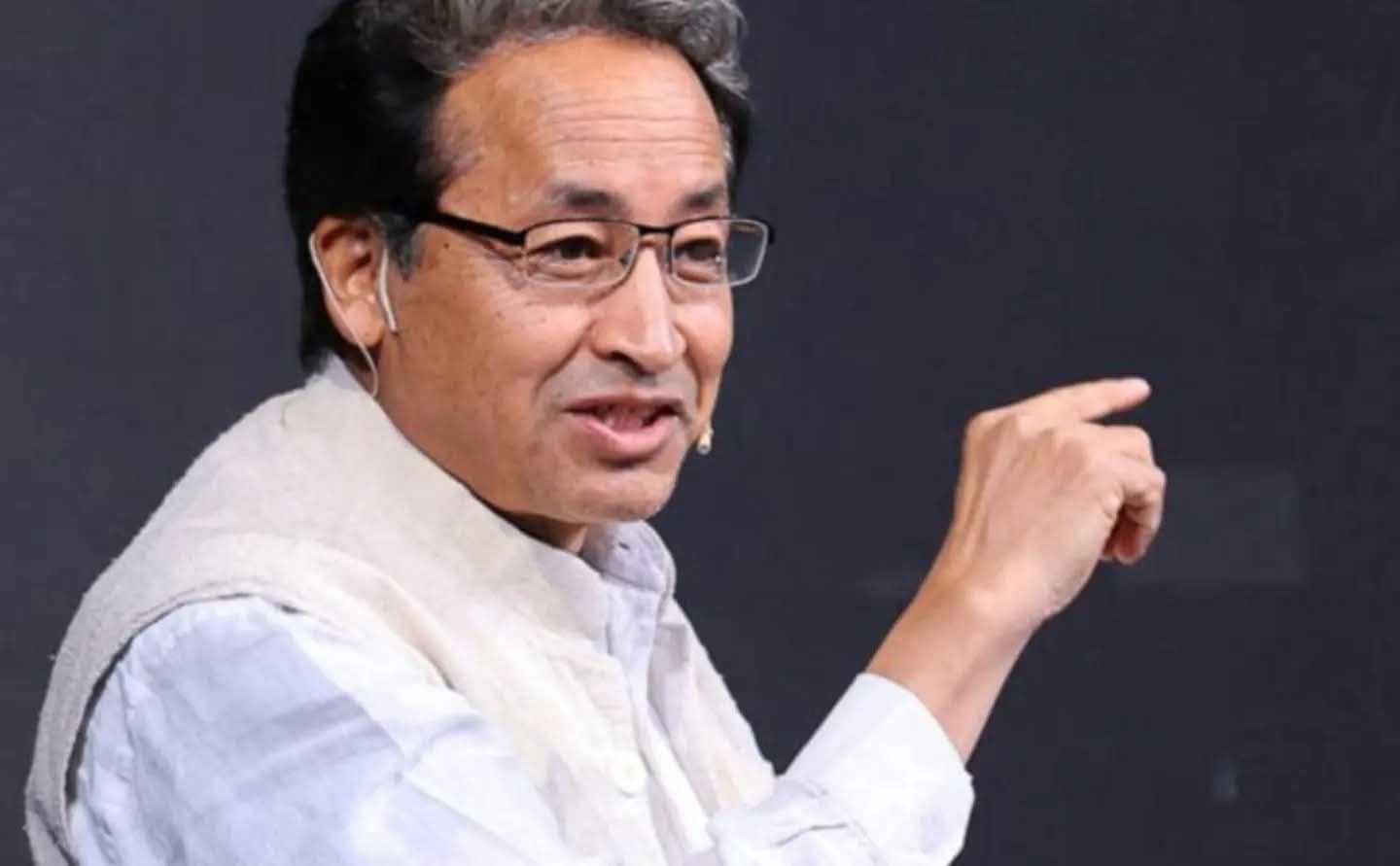
Here is a table to track his creative milestones:
| Year | Innovation | Impact |
|---|---|---|
| 1988 | SECMOL Founding | Alternative school focusing on practical, cultural education; transformed thousands of lives. |
| 1994 | Operation New Hope | School reform initiative; boosted pass rates from 5% to 75% across Ladakh. |
| 2013 | Ice Stupa Invention | Artificial glaciers for water storage; adopted worldwide for climate adaptation. |
| 2016 | FarmStays Ladakh | Homestay program boosts local economy and tourism sustainably. |
| 2016 | Swiss Alps Ice Stupa | International expansion; used for tourism and water management. |
| 2021 | Solar-Heated Tents | Military application; eco-friendly housing in extreme conditions. |
| 2015-Ongoing | HIAL University | Education for Himalayan challenges; under development amid recent scrutiny. |
This table shows how his ideas evolve and scale.
Influences: Shaping A Visionary Mind
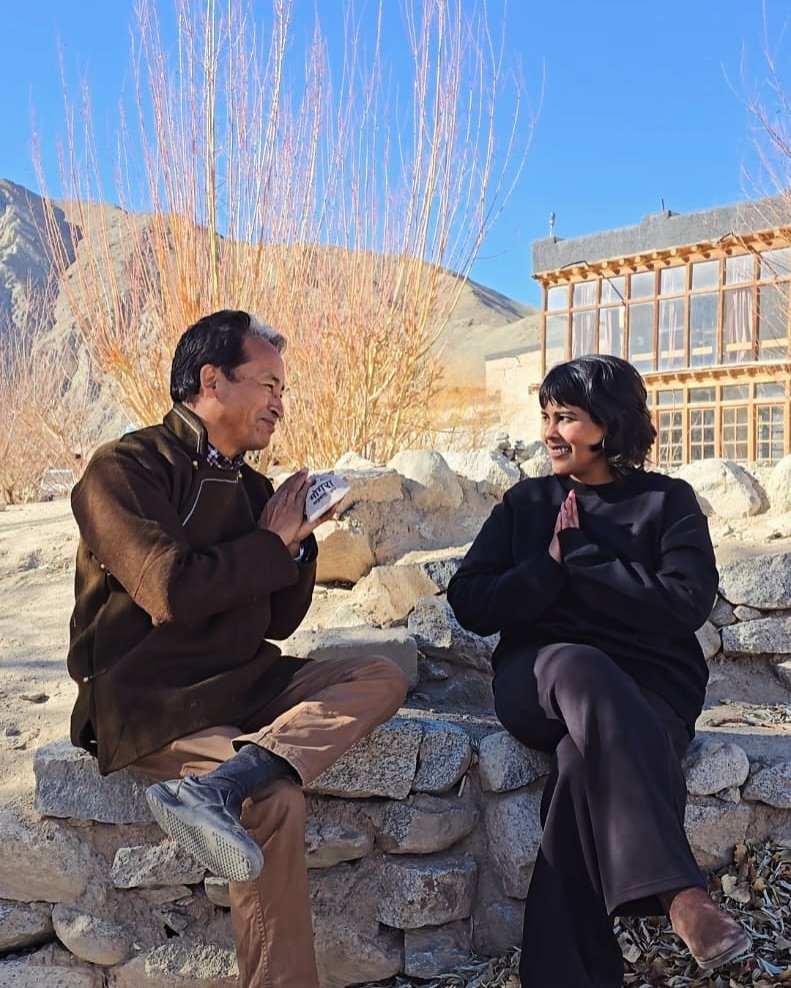
Sonam’s inspirations come from diverse sources.
Growing up, Buddhist teachings and Ladakhi folklore taught him harmony with nature.
He admires Mahatma Gandhi for his self-reliance and sustainability and often echoes Gandhian ideas in his work.
International thinkers like Ivan Illich (on de-schooling society) influenced his education reforms.
Closer to home, his time in France exposed him to eco-architecture pioneers.
He also draws from indigenous knowledge, how Ladakhi farmers have managed water for centuries.
In activism, figures like Anna Hazare inspire their nonviolent protests.
Sonam once said, “My biggest teacher is the Himalaya itself, it shows us how to endure and adapt.”
Famous Quotes: Wisdom From The Mountains
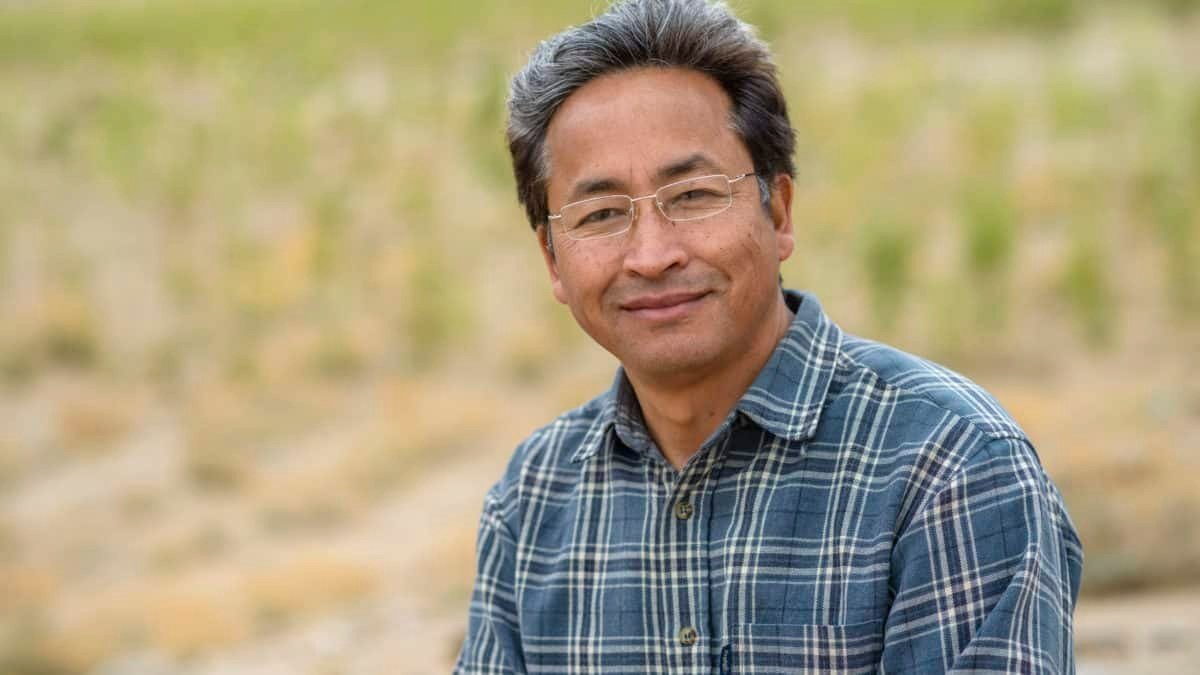
Sonam’s words pack a punch, blending insight with simplicity.
Here are some gems:
- Education: “Education should be about discovering oneself and realizing one’s potential.”
- On environment: “Protecting the environment is not activism; it is survival.”
- On activism: “Violence should not be limited to guns and daggers; environmental challenges lead to a slow death.”
- Innovation: “Whether we have resources for environment and education depends on how we look at things.”
These quotes, from interviews and speeches, capture his essence—practical, passionate, and profound.
Collaborations And Partnerships: Teamwork Makes The Dream Work
Sonam knows change is not solo.
His partnerships amplify his impact.
For Ice Stupas, he teamed up with the Rolex Awards (2016 funding) and the MortAlive project in Switzerland to promote glacial lake safety.
Operation New Hope was a tripartite collaboration between the government, villages, and NGOs.
In 2019, he partnered with Visaka Industries for a solar battery house pilot using ATUM roofing.
He advised Danish NGO MS on Nepal education reforms.
HIAL involves co-founders like Gitanjali and ties with institutions like IIT Mandi.
Even the Indian Army collaborated on those solar tents. Internationally, he has worked with UNESCO on earthen architecture.
These alliances show his belief in shared efforts: “Alone we can do so little; together we can do so much.”
Writings And Publications: Spreading Ideas Through Words
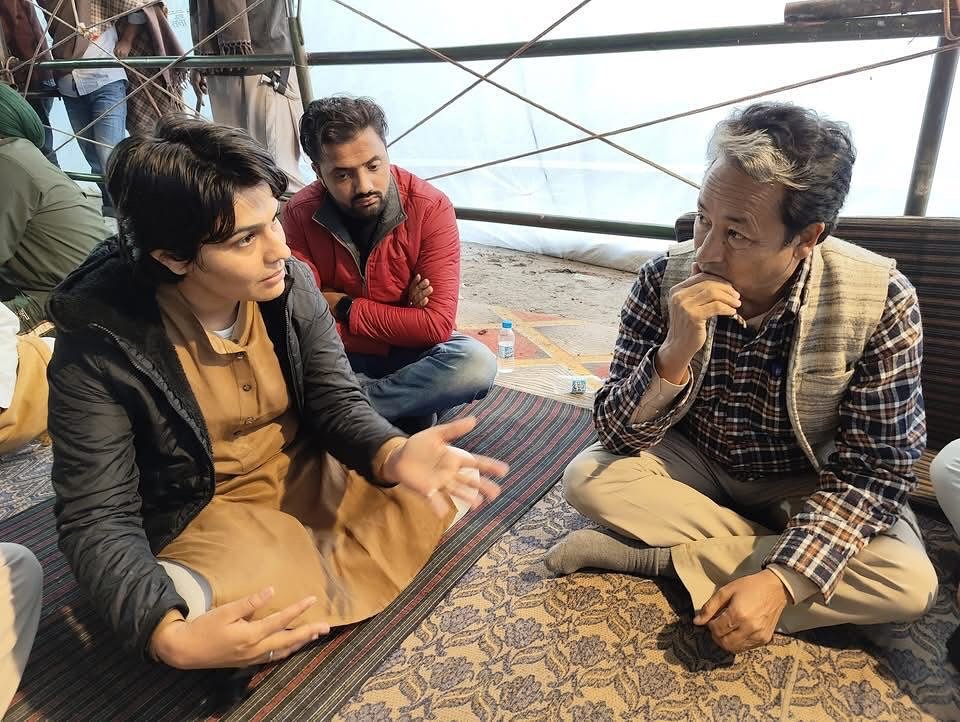
While not a prolific author of books, Sonam has influenced through other mediums.
From 1993 to 2005, he edited Ladags Melong, Ladakh’s pioneering print magazine, covering education, culture, and environment. His articles pushed for reforms and sustainability.
He has contributed to reports like the Ladakh 2025 Vision Document and penned essays on climate and education.
He has not written major personal books yet; perhaps that is next, but his ideas live in interviews, blogs, and policy papers.
Note: Other Sonam Wangchuks have written books, but our hero focuses on action over authorship.
Media Appearances: In The Spotlight
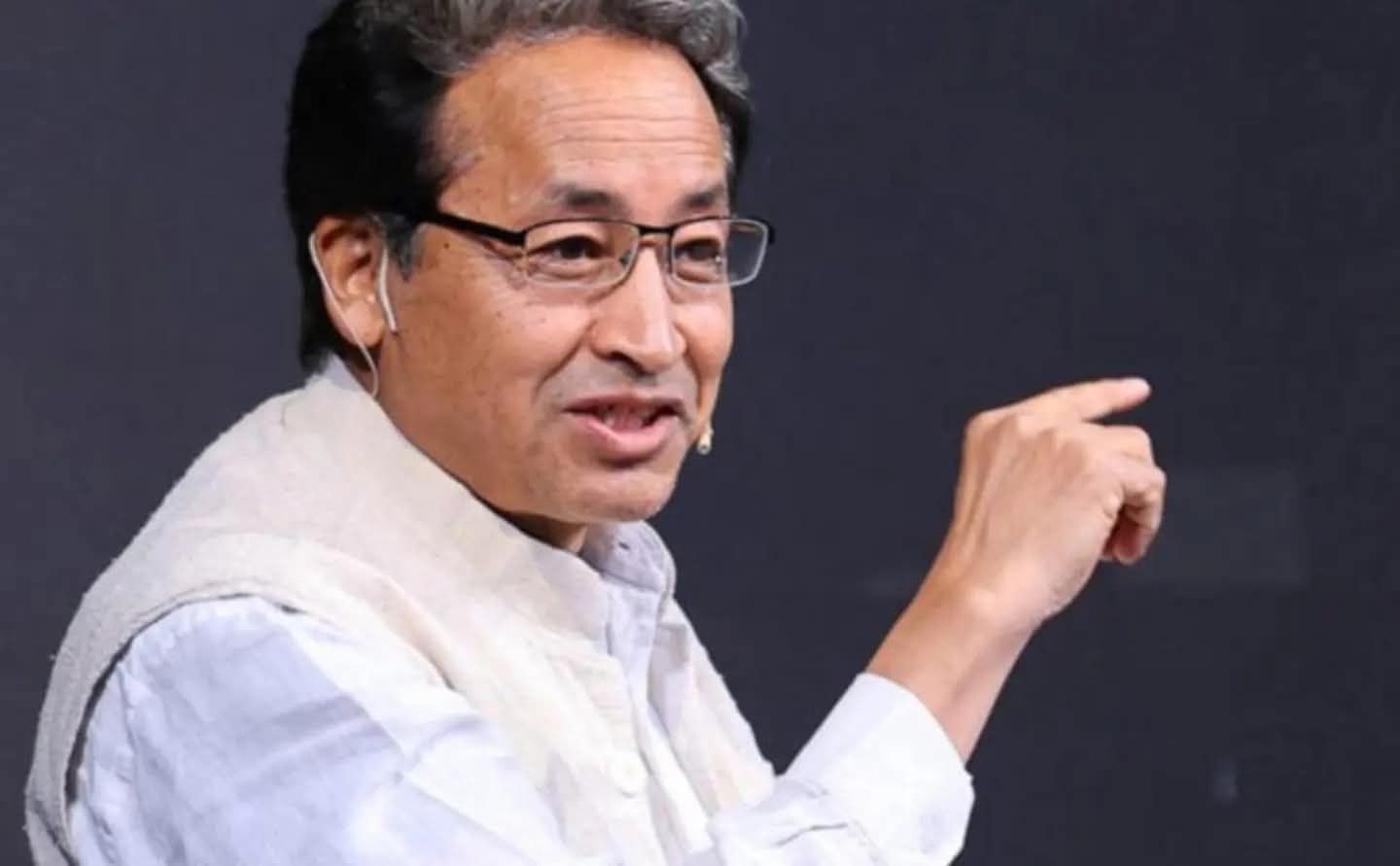
Sonam’s story has lit up screens and pages.
The “3 Idiots” connection (2009) made him famous, but he has done countless interviews since.
In 2024, Yale Environment 360 chatted with him during his Climate Fast.
Recent ones include NDTV on his 2025 protests, where he discussed Ladakh’s demands.
YouTube is full of his talks: TEDx events, podcasts on innovation, and live updates from hunger strikes.
In September 2025, just before his arrest, he spoke to the media about peaceful activism.
Gitanjali’s wife has also been in the news, defending him on Republic TV and The Wire.
Sonam uses media wisely to educate, not sensationalize.
Awards And Recognition: Honoring A Lifetime Of Impact
Sonam’s trophy shelf is impressive, with around 15 major awards.
The 2018 Ramon Magsaysay Award celebrated his education and community work.
In 2016, the Rolex Award funded his Ice Stupas, and he received the Fred M. Packard Award from IUCN.
Others: Global Award for Sustainable Architecture (2017), Ashoka Fellowship (2002), Governor’s Medal (1996), and honorary D.Litt from Symbiosis (2018). IIT Mandi named him Eminent Technologist (2018), and CRATerre gave him a UNESCO Chair (2014). These nods affirm his global influence.
Activism: From Protests To Prison
Sonam’s activism heated up after 2019, when Ladakh became a union territory.
He feared corporate exploitation of its fragile ecosystem.
In 2020, he urged boycotting Chinese goods amid India-China tensions, igniting a national wave.
In 2023, he attempted a fast at Khardung La for Sixth Schedule protections, tribal safeguards against outsiders.
Stopped by weather excuses, he persisted.
March 2024 saw a 21-day Climate Fast in Leh, spotlighting glacier melt affecting billions.
2025 brought escalation.
Leading demands for statehood, local jobs, and eco-protections, he marched to Delhi in September 2024 but was detained. Released briefly, he threatened indefinite hunger if ignored.
On September 26, 2025, amid Leh protests turning violent (office attacks, unrest), he was arrested under the National Security Act (NSA), a draconian law allowing detention without trial.
As of October 1, 2025, he is in Jodhpur Jail.
Authorities accuse him of inciting violence, provocative speeches (referencing Nepal’s Gen Z uprising and Arab Spring), and irregularities with HIAL, like issuing unrecognized degrees and FCRA (foreign funding) violations.
They claim “credible evidence” and deny it is a witch hunt.
Sonam denies the charges and calls for dialogue.
His wife Gitanjali says the harassment started four years ago, with sedition cases and land grabs.
She rubbishes “anti-national” labels, including baseless Pakistan ties, urging talks over jail.
This saga highlights tensions between development and local rights.
Controversies And Criticisms: The Price Of Speaking Out
No prominent figure escapes scrutiny.
Sonam’s 2025 arrest sparked debate: Supporters see him as a peaceful hero silenced; critics (some right-wing media) paint him as anti-Hindu or disruptive.
Allegations include misleading protesters, financial mismanagement at HIAL, and “anarchy toolkit” claims.
Past Whispers: In 2024, misinformation campaigns labeled him anti-national for climate activism. He faced sedition charges earlier, and HIAL’s land lease was briefly revoked. Sonam counters, “These are smokescreens to divert from real issues like glacier loss.” His wife calls it a four-year witch-hunt. While controversies swirl, his track record speaks louder, peaceful, impactful change.
Personal Life: Simple, Committed, And Grounded
Away from the headlines, Sonam lives modestly on the SECMOL campus. Married to Gitanjali since (details private), they bond over activism and education.
No kids mentioned, but their “family” includes students and collaborators.
He enjoys stargazing, trekking, and Ladakhi festivals.
Despite his fame, he is humble: “I am just a villager trying to help.”
His fasts take a toll on his health, but his spirit endures. As Gitanjali says, he is a man of conviction, not confrontation.
Impact on Society: A Legacy In Motion
Sonam’s ripple effects are enormous.
Ice Stupas combat water woes globally; SECMOL inspired education models worldwide.
His activism amplifies Himalayan voices, warning of climate crises affecting rivers like the Indus.
In India, he has boosted tribal rights discussions and local economies via boycotts and tourism.
He is a role model for youth: Innovate locally, act boldly. Amid 2025 turmoil, his story questions free speech and governance in sensitive regions.
Future Plans: Vision Amid Challenges
Even detained, Sonam’s dreams persist.
Despite current probes, HIAL aims to be a whole university by late 2025, teaching sustainable tech and culture.
He envisions more Ice Stupas, eco-villages, and youth-led climate action.
Post-release (hoped for soon), he plans broader advocacy, perhaps national tours.
As he said, “The fight for Ladakh is for all mountains, our future depends on it.”
Trivia: Fun Facts To Remember
Here is a cool one: Sonam’s Ice Stupa once reached 64 feet, landing in Guinness World Records, not for height but for saving a village from drought. Another: He inspired “3 Idiots” but turned down Bollywood roles to stay true to his work!
Conclusion
Sonam Wangchuk’s tale is of grit, genius, and goodwill from a homeschooled boy to a global icon jailed for his beliefs.
His innovations save water, his schools build futures, and his activism demands justice.
In October 2025, when the world is uncertain, his story reminds us that change often comes with challenges, but it is worth it.
Here at THOUSIF Inc. – INDIA, we thrive on stories like this to spark your curiosity.
Loved it?
Explore our other pieces on Indian trailblazers and eco-heroes.
What inspires you most about Sonam?
Let us chat and keep the inspiration flowing.
Take care!
